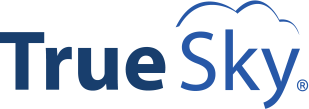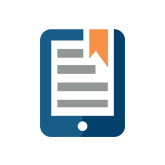The Evolution of Budgeting Software: From Spreadsheets to Strategic Tools
Budgeting is a cornerstone of financial management for businesses, and the evolution of budgeting software has played a pivotal role in transforming how organizations plan, allocate resources, and drive financial performance. In this blog post, we’ll trace the historical development of budgeting software, from its humble beginnings as spreadsheet-based tools to the sophisticated strategic solutions of today. Additionally, we’ll highlight the latest trends shaping the industry and driving innovation in budgeting software.
- Spreadsheet Era: In the early days of budgeting software, spreadsheets like Microsoft Excel were the go-to tools for budget creation and management. While spreadsheets provided a flexible and familiar interface, they were limited in functionality and prone to errors. Businesses struggled with version control, manual data entry, and the lack of collaboration features, leading to inefficiencies and inaccuracies in the budgeting process.
- Rise of Dedicated Budgeting Software: As businesses recognized the limitations of spreadsheets, dedicated budgeting software solutions emerged to address their evolving needs. These early budgeting software solutions offered features such as automated data entry, built-in formulas, and basic reporting capabilities. While an improvement over spreadsheets, these solutions still lacked the sophistication and integration capabilities needed for comprehensive budget management.
- Integration with ERP Systems: With the rise of enterprise resource planning (ERP) systems, budgeting software began integrating more closely with core financial systems. This integration enabled seamless data flow between budgeting software and ERP systems, providing a unified platform for financial planning, analysis, and reporting. Businesses benefited from improved data accuracy, streamlined processes, and better visibility into financial performance.
- Shift to Cloud-Based Solutions: In recent years, there has been a significant shift towards cloud-based budgeting software solutions. Cloud-based solutions offer several advantages over traditional on-premises software, including scalability, accessibility, and lower upfront costs. Businesses can access budgeting software anytime, anywhere, and collaborate in real-time with colleagues across the organization.
The evolution of budgeting software has come a long way from its spreadsheet-based origins to the sophisticated strategic tools of today. Budgeting software has undergone significant transformation, empowering businesses to plan more effectively, allocate resources efficiently, and drive financial performance. As technology continues to evolve, we can expect budgeting software to become even more sophisticated, enabling businesses to stay agile, adapt to changing market conditions, and thrive in today’s competitive landscape.



